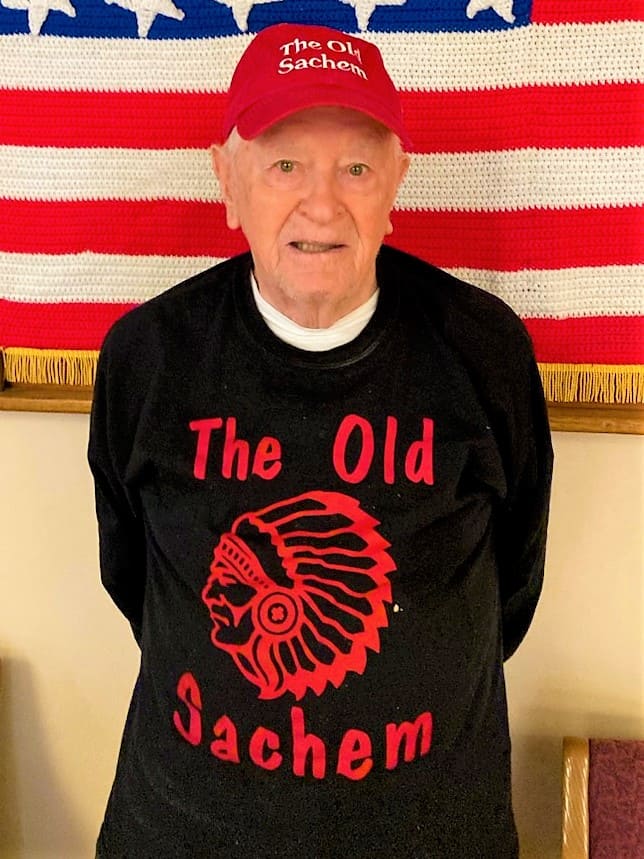We have a singing group at the Saugus Senior Center on most Tuesdays and sing about 20 songs in an hour and one half. The group was formed by Ben and Lourdes Lagman, and a few others helped out. Age became a problem for the Lagmans, and the group changed hands. The group is led by Gloria Johnson, Kathy Murphy and Lydia Collier with Tony Sarno at the piano. We are not overly serious with the singing but enjoy time together every session. We sing many songs – such as “Danny Boy,” “Sweet Caroline” and “Let There Be Peace on Earth” – ending with “Till We Meet Again.” We often sing “Starry, Starry Night,” which is a tribute to Vincent van Gogh. That being the case, I decided to let the readers know something about van Gogh.
Vincent was born on March 30, 1853, in Groot Zundert and died on July 29, 1890, when he took his life. He was taught at home by his mother and a governess. He became a Dutch Postimpressionist painter who was commercially unsuccessful during his lifetime, primarily because he was committed to an asylum during his lifetime. He created about 2,100 artworks, including about 860 oil paintings, and most were completed during the last two years of his life. Self-portraits were a staple for van Gogh, along with landscapes, still lifes and portraits. He struggled with severe depression and poverty, which led to his suicide at 37 years old.
He was born into a middle-class family and spent much time drawing. As an adult he worked as an art dealer in The Hague, which required much traveling. This led to depression when he was transferred to London. He next turned to religion and became a Protestant Missionary in the predominantly Roman Catholic area in southern Belgium. As his health turned, he returned to his parents’ home and took up painting. His early works were mostly still lifes of himself and of peasant laborers.
He moved to Paris, where he became friends with members of the avant-garde and met Emile Bernard and Paul Gauguin. His paintings grew more colorful and brighter as he developed his style in southern France. During this period he painted olive trees, wheat fields and sunflowers.
He suffered from psychotic moments and delusions, and while he worried about his mental and physical health, he often did not bother to eat and at the same time his drinking turned to alcoholism. After an argument with Gauguin when rage overtook Vincent, van Gogh took a razor and tore off part of his own left ear.
He was committed to a psychiatric hospital during these times, including a time at Saint-Remy. Eventually he discharged himself and moved to Auberge-Ravoux in Auvers-sur-Oise, near Paris. His depression got worse, and on July 27, 1890, it is believed that he shot himself with a revolver and died two days later.
During his lifetime he was considered a madman and a failure. After his death people began to realize that his artwork was exceptional. Today his paintings have some of the highest prices for paintings ever sold, and his name and reputation are proclaimed at the Van Gogh Museum in Amsterdam, where the largest collection of his works is held. He may well be among the upper crust of painters the world has ever seen.
The song relates to the man well. It was written and sung by Don McLean and a portion of the words follow: “On that starry, starry night you took your life as lovers often do. But I could have told you, Vincent, that this world was never meant for one as beautiful as you.”
(Editor’s Note: Bill Stewart, better known to Saugus Advocate readers as “The Old Sachem,” writes a weekly column about sports – and sometimes he opines on current or historical events or famous people.)



